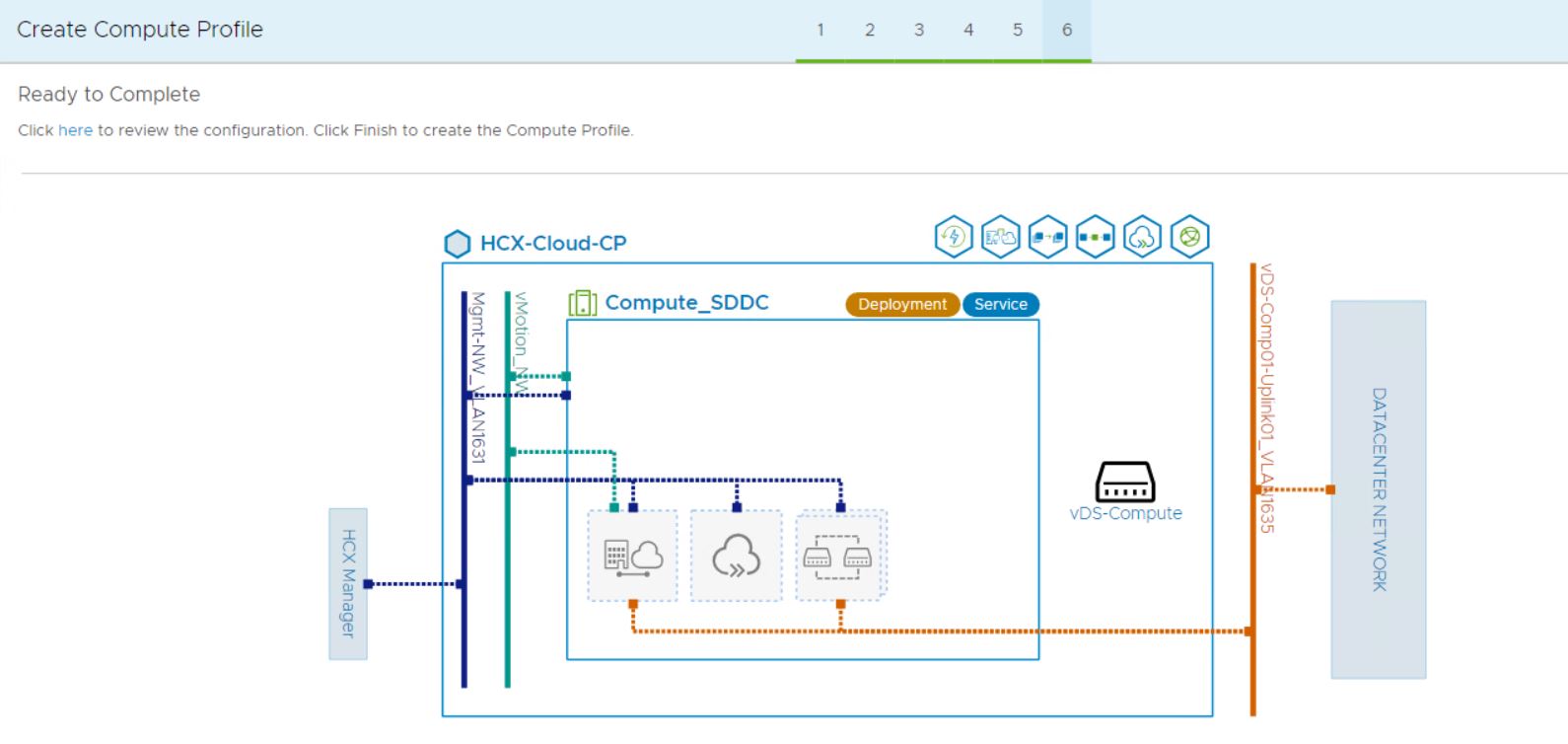Recently, I upgraded HCX appliances in my lab and saw a new tab named “Multi Site Service Mesh” appearing in both the cloud-side and on-prem side UIs, and I was curious to know about this new feature.
What is HCX Multi-Site Service Mesh?
To start consuming HCX, we need to have the interconnect appliances (CGW, L2C, and WAN Opt) deployed on both the on-prem and cloud sides. Before initiating the appliance deployment, we should have the interconnect configuration already in place on the cloud side.
The Multi-Site Service Mesh enables the configuration, deployment, and serviceability of Interconnect virtual appliance pairs with ease. Now you have the choice to deploy/manage HCX services with the traditional Interconnect interface or with the new Multi-Site Service Mesh. To deploy the HCX IXs, you will choose either of the methods.
Before you plan to use HCX Multi-Site Service Mesh, let’s have a look at a few benefits that we get out of this feature:
- Uniformity: the same configuration patterns at the source and remote sites.
- Reusability: Once a compute profile is created, it can be used to connect to multiple HCX sites. Hence, the site administrator does not define the same things again.
- Multisite Ready: Compute profiles and network profiles can be shared across multiple sites.
- Ease of reconfiguration: New capability to pool datastores or modify them post-Interconnect deployment.
- Scale-out deployment: The HCX-IX can be deployed per cluster, or a single HCX-IX can be shared across multiple clusters.
Apart from that, there are a few usability enhancements that have been introduced:
- Improved interfaces display clear deployment diagrams.
- New task tracking features give step-by-step details of the progress of operations
- Preview of required firewall rules for ease of configuration. (My favorite)
How does the Multi-Site Mesh feature work?
To use this feature, we need to create a compute profile on both the on-prem and cloud sides. The compute profile includes information like
- Services that need to be enabled: HCX IX, Bulk Migration, DR, L2C, etc.
- Service Cluster (Cluster/Datastore/Resource Pool): Placeholder for interconnect appliance deployment.
- Network Profiles: This includes creating a pool for the Management Network, vMotion Network, and Uplink Network to which deployed appliances will connect.
Typically, a compute profile looks as shown in the image below
Once the compute profile is created on both the cloud side and on-prem, we initiate the service mesh creation from the on-prem side. Remember that a service mesh can’t be created from the cloud side.
During service mesh creation, we map the compute/network profile of on-prem with the profiles created on the cloud side. Once service mesh mapping is done, we can initiate the deployment of IX appliances.
Once the appliances are deployed on both the on-prem and cloud sides, we can start consuming the HCX services.
In the next post, I will walk through the steps of creating an HCX service mesh. Stay tuned!!!


Hi Manish, loving the post!
Wow Gabe. You made my day. Appreciation coming from champion like you is the best thing that can happen to me in a given day.